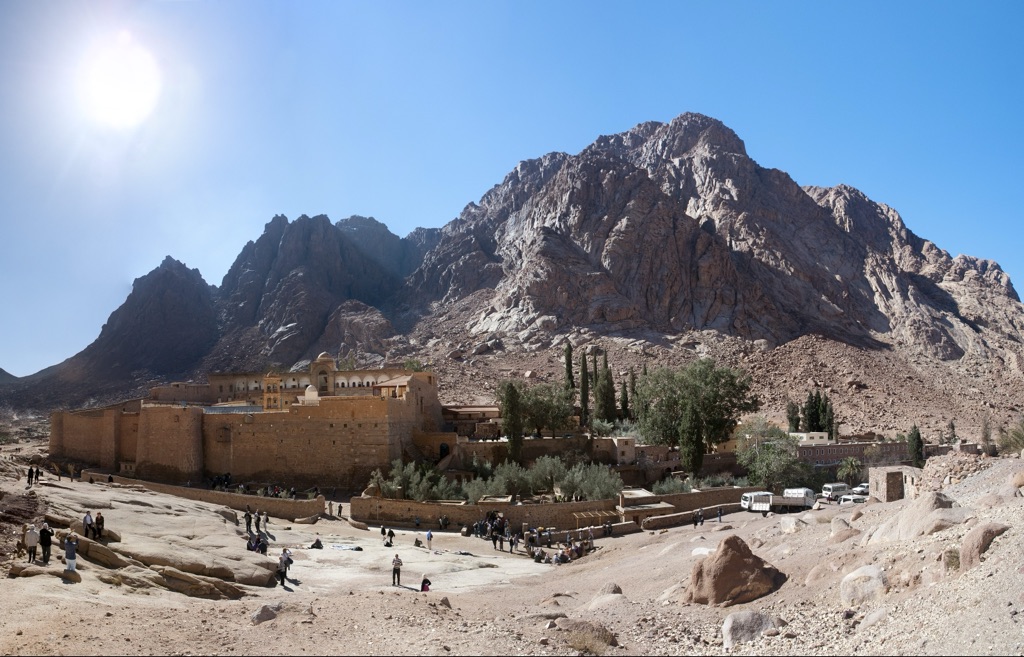Summary
Rich Historical Significance
Located at the foot of Mount Horeb, Saint Catherine’s Monastery stands as a testament to religious devotion and cultural heritage. It sits in the Sinai Peninsula, Egypt, where it is said that Moses received the Ten Commandments. This Orthodox monastery, dating back to the 6th century, holds vast spiritual and historical significance. It is one of the oldest continuously operating Christian monasteries in the world. Pilgrims and tourists flock here to experience its ancient atmosphere and remarkable architecture.
Get your dose of History via Email
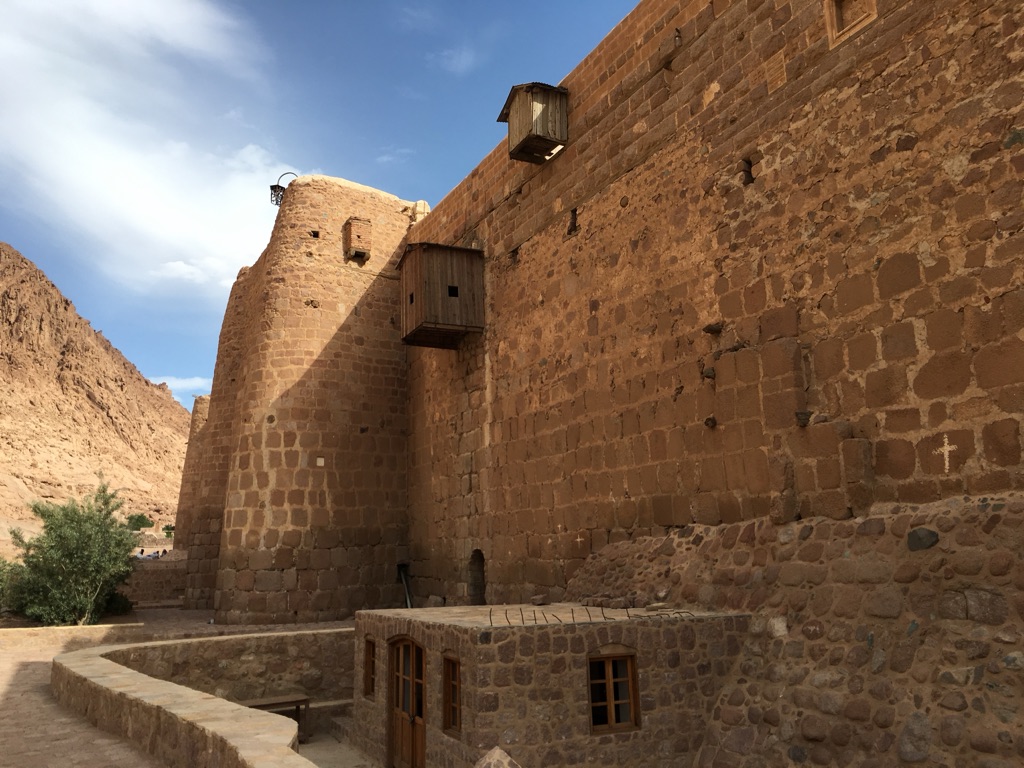
Architectural and Natural Splendors
The monastery’s well-preserved architecture is a marvel, with structures like the Chapel of the Burning Bush sitting at its core. This is where tradition says Moses saw the burning bush. The surrounding rugged mountainous terrain adds a unique backdrop to the monastery’s spiritual allure. Visitors can also find the Monastery Library, which boasts an array of ancient manuscripts second only to the Vatican. Its vast collection is a treasure trove for historians and theologians alike.
Enduring Spiritual Legacy
Despite its remote location, Saint Catherine’s Monastery has an enduring spiritual influence. It represents centuries of monastic life and Christian worship. The Monastery remains a pilgrimage site, reflecting shared heritage among different faiths. It provides a contemplative space for those seeking spiritual solace. The site also symbolizes the peaceful coexistence of religious communities, as it houses a mosque within its walls, indicating historical ties between Christian and Islamic faiths.
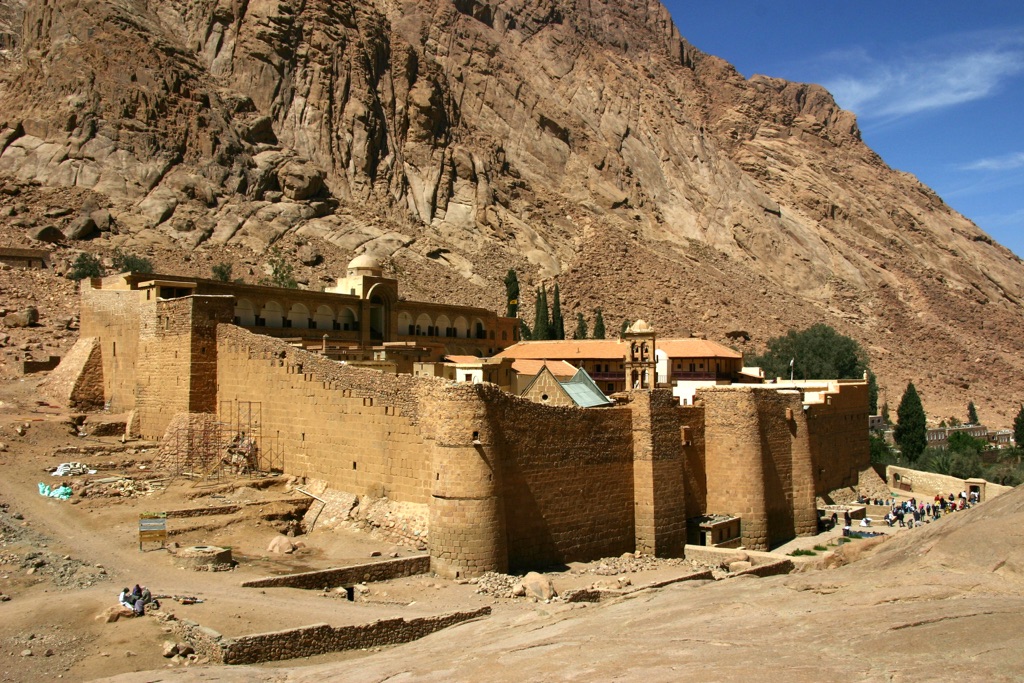
Historical Background of Saint Catherine’s Monastery
Embedded within the rugged terrain of the Sinai Peninsula lies the magnificent Saint Catherine’s Monastery. Founded in the 6th century under the orders of Emperor Justinian I, it is dedicated to Saint Catherine of Alexandria. This saint was a Christian martyr who, as legend tells, was whisked by angels to Mount Sinai. The Monastery’s history spans over a millennium, offering insights into the Byzantine Empire and early Christian monasticism. It has withstood time’s test, witnessing numerous historical events and serving as a beacon of spirituality and learning.
The Monastery’s Genesis and Growth
Constructed between 548 and 565, Saint Catherine’s Monastery was built to house monks and protect the site of the Burning Bush, where Moses is believed to have spoken to God. It soon became a respected theological center. The site attracted monks from across the Christian world, who brought with them knowledge and manuscripts. Over the centuries, it grew into a vast compound, bolstered by walls and fortifications to protect its sacred and scholarly resources from invaders.
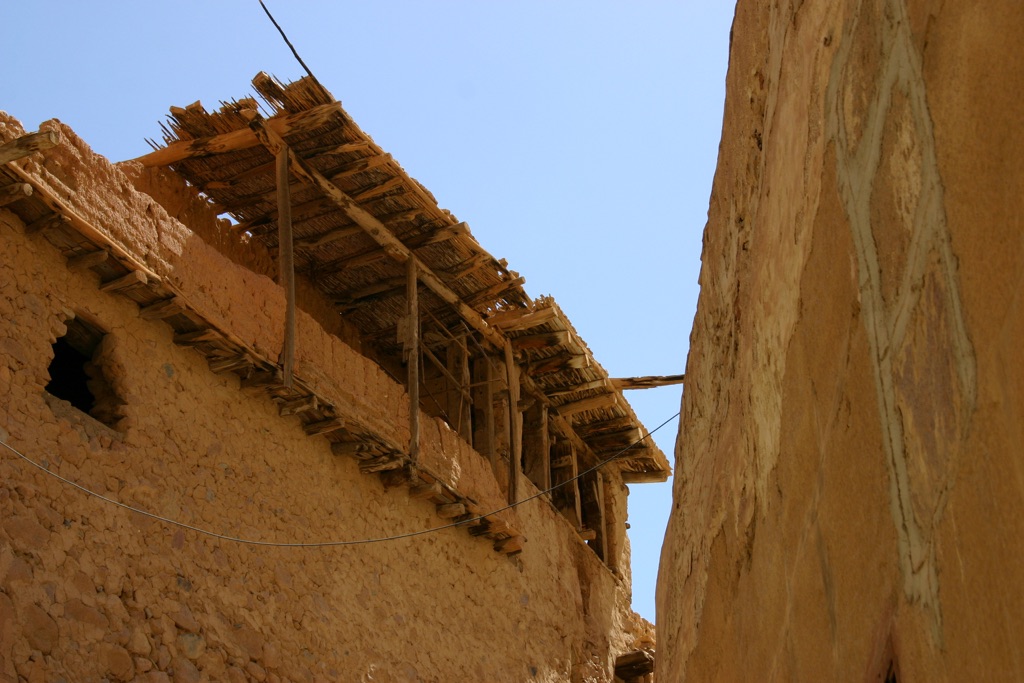
Architectural Heritage and Transformation
The Monastery’s architecture is a mosaic of various styles and influences, reflecting its long history. Its thick granite walls and watchtowers show a fort-like design, intended to repel attacks and preserve the Monastic life inside. Key transformations took place over the ages, such as the addition of the Fatimid mosque in the 10th century, which showcased the peaceful religious coexistence that the Monastery embodied, even in a period dominated by religious conquests.
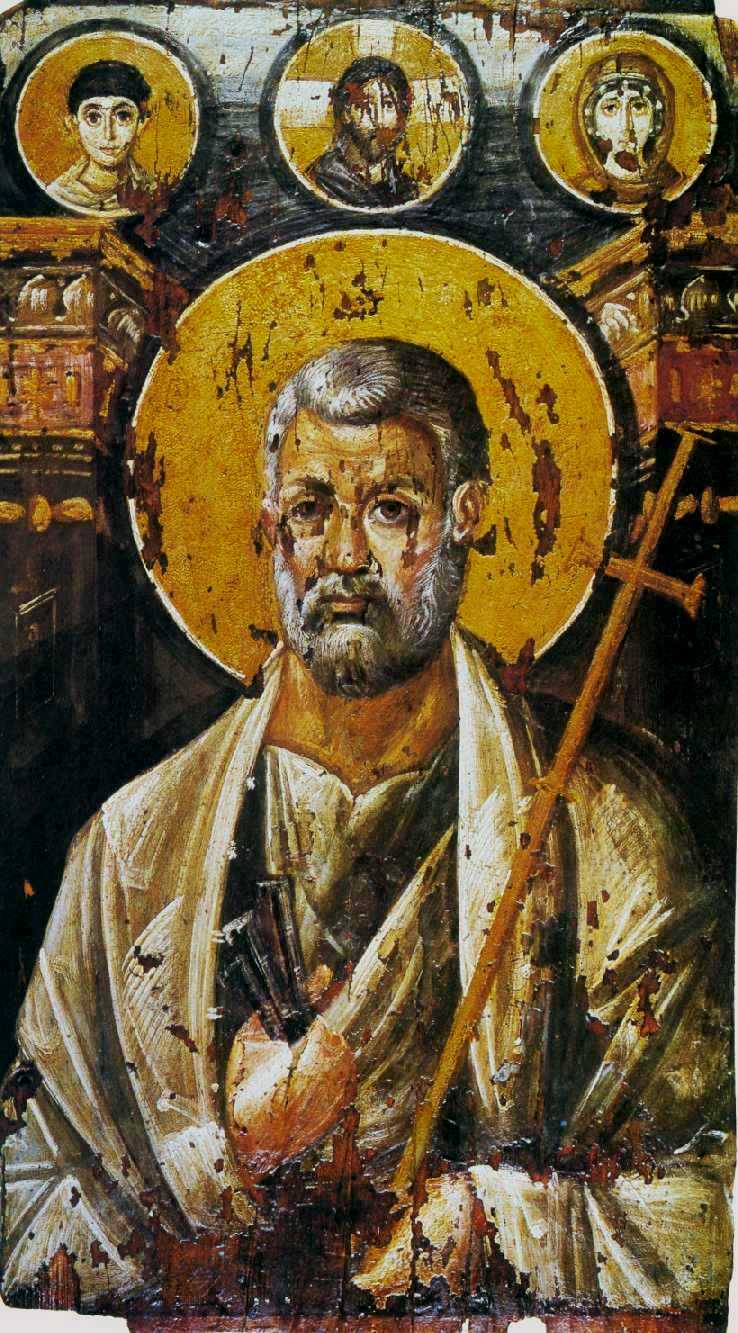
A Living Library of Ancient Manuscripts
Saint Catherine’s Monastery is renowned for its ancient library. Second only to the Vatican’s, the library houses priceless manuscripts, including early Christian texts and the Codex Sinaiticus, a significant piece of the Old Testament. The collection spread across languages from Greek to Syriac, Arabic to Georgian, presenting a rich tapestry of human thought and divine inspiration from the ancient world.
Through the ebb and flow of empires and conflicts, Saint Catherine’s Monastery has remained a steadfast custodian of faith and knowledge. Its isolation in the Sinai Peninsula did not deter its scholars and monks from preserving a vast spiritual and cultural legacy. Today, it stands not only as a historical and religious monument but also as a symbol of the enduring human spirit in the pursuit of wisdom and enlightenment.
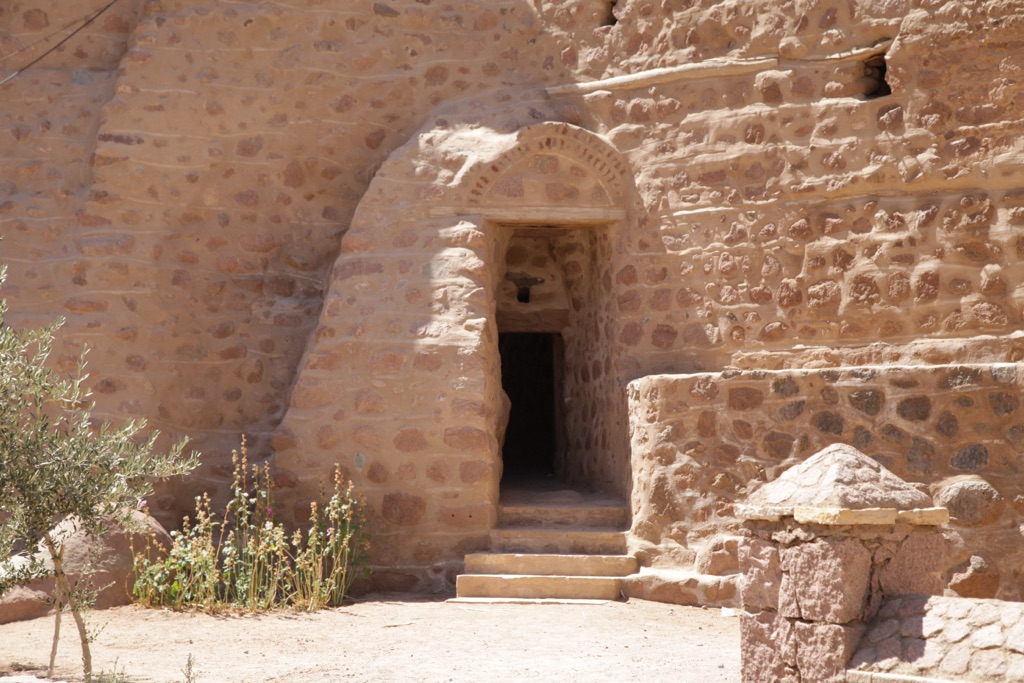
The Discovery of Saint Catherine’s Monastery
The Initial Recognition
The true ‘discovery’ of Saint Catherine’s Monastery dates back to the attention it garnered from the travel accounts of Christian pilgrims. One of the earliest recorded accounts was by Egeria, a Galician nun who visited the Sinai region between 381 and 384 AD. As she described the religious significance of the site, interest among the Christian community grew. Her writings offer a unique glimpse into the early days of the Monastery, predating its official founding by Emperor Justinian.
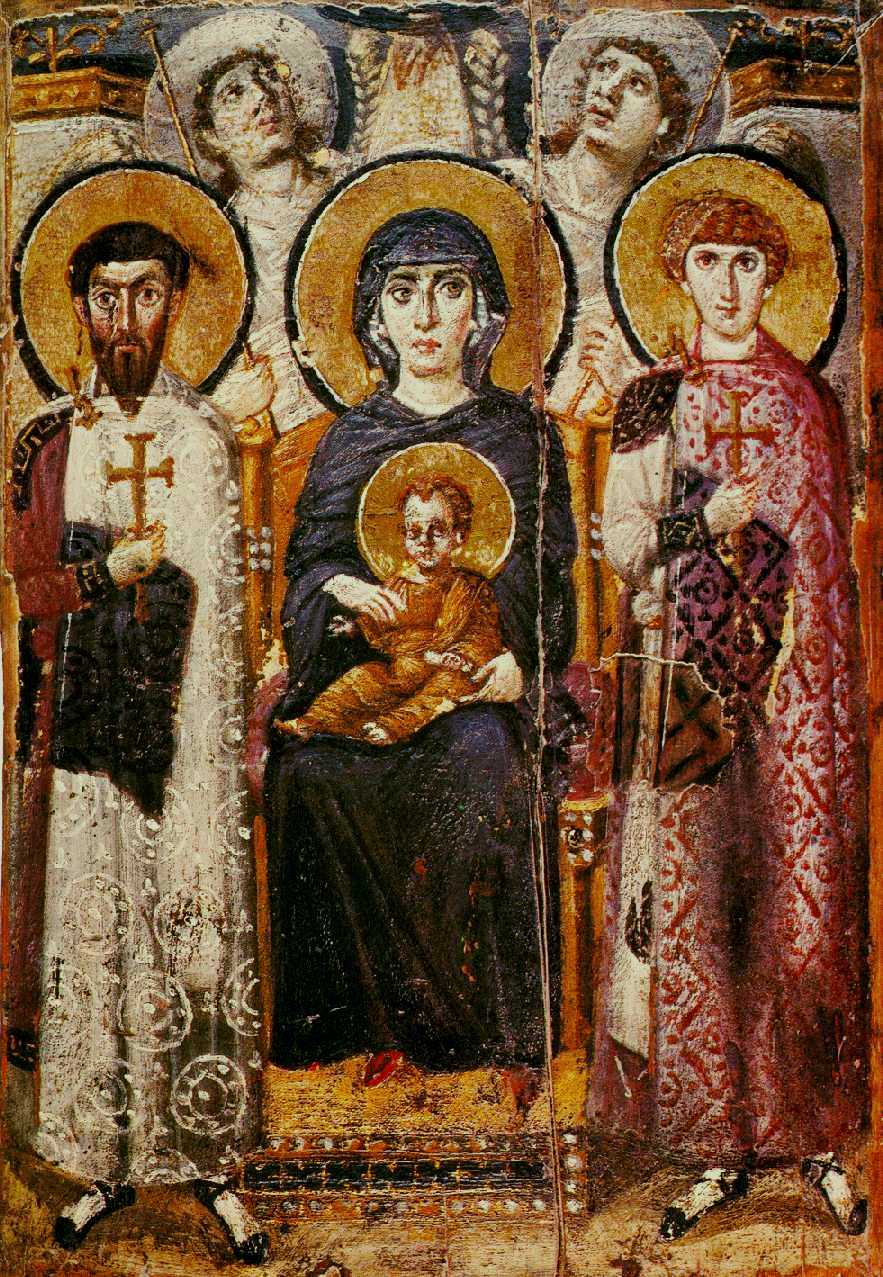
Imperial Endorsement and Expansion
However, the place where the Monastery stands gained broader recognition when Emperor Justinian I sanctioned its construction to offer a protected space for monks and to honor the site of the Burning Bush. Completed around 565 AD, this official recognition by the Byzantine Empire launched a period of growth and development. It established Saint Catherine’s Monastery as a significant center for Christian worship and scholarship, drawing in the faithful from across the world.

Literary Testimonials and Travelogues
Throughout the Middle Ages, the Monastery’s existence was primarily upheld in the Western world through literary accounts. Pilgrims like John of Würzburg (1160s) and travel writers such as Friar Felix Fabri (1480s) documented their visits, contributing to its mythical status. These accounts continued to spark intrigue, painting a vivid picture of a remote yet thriving monastic community, rich in religious relics and sacred texts.
The 18th and 19th centuries saw an increase in scholarly interest in the Monastery. European explorers and theologians, compelled by the desire for discovery and understanding, sought out this remote monastic enclave. It was around this time that important manuscripts such as the Codex Sinaiticus were identified, adding significantly to the weight of Saint Catherine’s reputation as a site of great historical and spiritual significance.
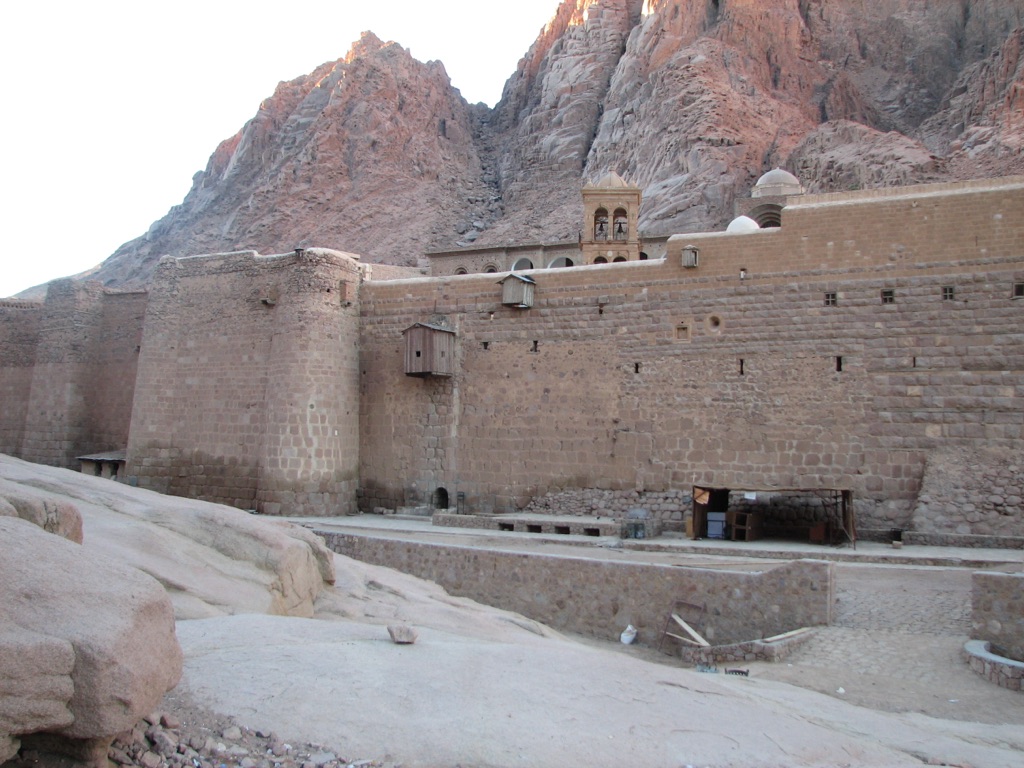
Today, Saint Catherine’s Monastery is not only a vital pilgrimage site but also a focus of historical and cultural studies. Its discovery, a multifaceted process extending over centuries, shows how places of worship can emerge from obscurity into the global consciousness. This process infuses the Monastery with both mystery and a well-documented legacy that captivates visitors and scholars alike.
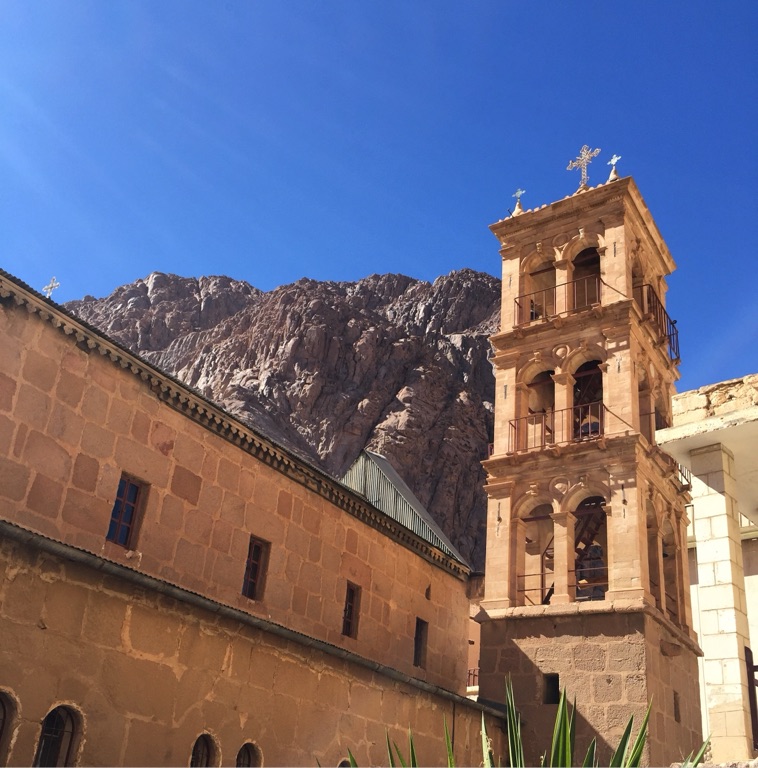
Cultural Significance, Dating methods, Theories and Interpretations
Cultural Beacon of Monotheism
Saint Catherine’s Monastery, often hailed as the jewel of the Sinai, is a cultural landmark of great significance. It embodies centuries of monastic traditions and is venerated in Christian, Jewish, and Islamic texts. For Christians, the Monastery is a pilgrimage site, celebrating the martyrdom of Saint Catherine. Jewish and Islamic faiths revere it due to its association with Moses. The Monastery’s multicultural significance made it a symbol of coexistence and religious harmony.
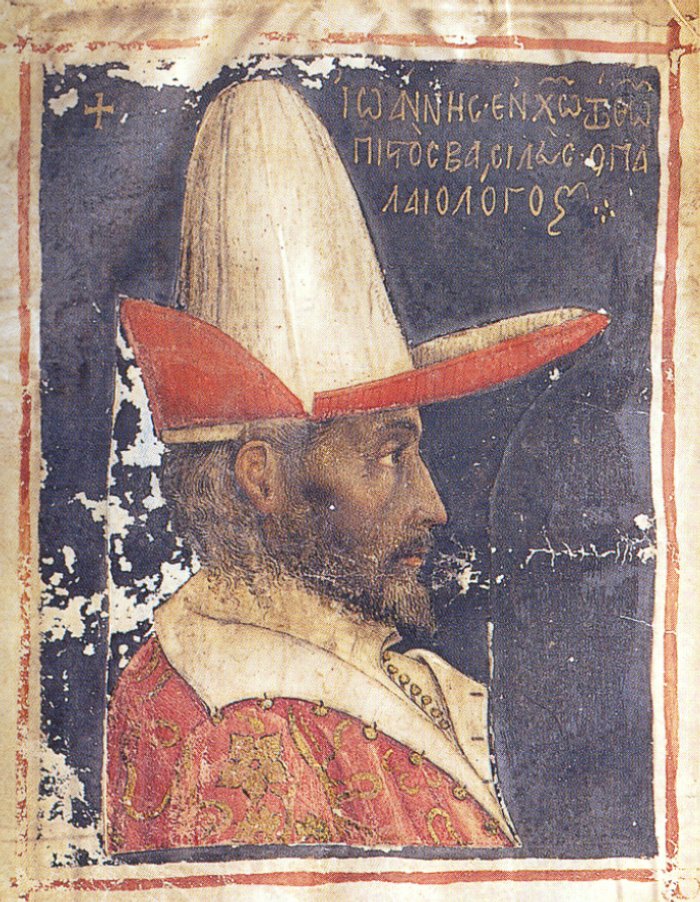
Chronology and Dating Techniques
The precise dating of Saint Catherine’s Monastery relies on a blend of historical records and architectural studies. Analysis of inscriptions, manuscripts, and construction styles provide insight into the Monastery’s evolution. Carbon dating has helped validate the ages of certain artefacts and structures. Additionally, comparative analysis with other Byzantine constructions has aided in pinning down specific timelines for its development and expansions.
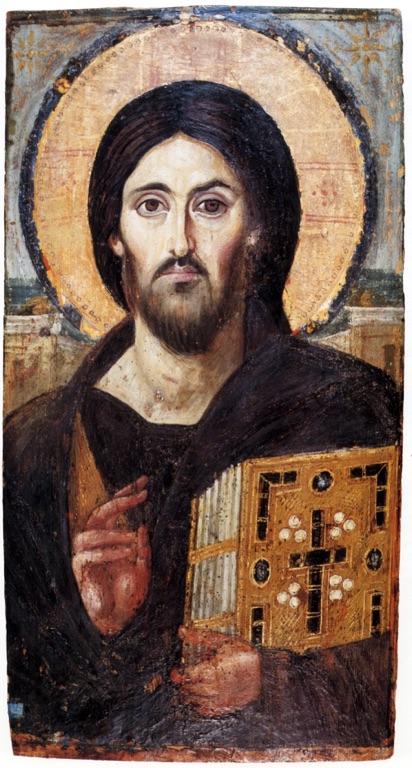
Interpreting the Monastic Enclave
Theories about the Monastery’s continued survival in a predominantly Muslim region have led to various interpretations. Some scholars suggest that the Monastery’s isolated location and fortifications played key roles. Others point to the mutual respect and peaceful agreements with governing Islamic authorities over the centuries. Moreover, its transcultural appeal may have provided universal value that surpassed religious barriers, ensuring its preservation.

The Monastic scriptorium’s role in preserving ancient texts has sparked theories about knowledge transmission routes between the East and West. The diverse collection of manuscripts indicates a hub of scholarly activity. The Monastery’s scriptorium acted as a bridge in the dissemination of both theological and secular knowledge during times when such exchange was rare.
Interpreting Saint Catherine’s cultural significance is challenging due to its multi-layered history. Still, these efforts provide valuable insights into the ways religious communities interacted with one another throughout history. This ongoing scholarship enhances our understanding of past societies and cultural dissemination across the ages.
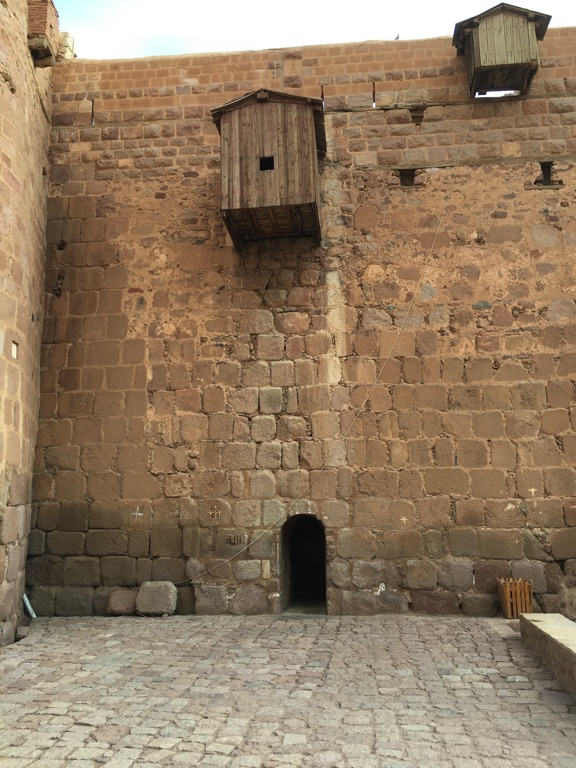
Conclusion and Sources
In the vast and ever-shifting landscapes of human history, Saint Catherine’s Monastery stands as a beacon of the enduring legacy of spiritual and intellectual pursuits. Rooted in antiquity and shrouded in legend, the Monastery transcends mere architectural wonder to embody the confluence of faiths and the quest for understanding that has moved humanity for centuries. Researchers and pilgrims alike continue to be drawn to this sacred site, seeking to uncover its secrets and to find solace in its ancient stones that have weathered both the ravages of time and the shifting sands of political change. The Monastery’s treasury of manuscripts invites exploration, promising rich rewards to those who delve into the mysteries of its origins and survival. Our sources guide this exploration, revealing the depth and complexity of a site that is both a historic jewel and a living testament to faith.
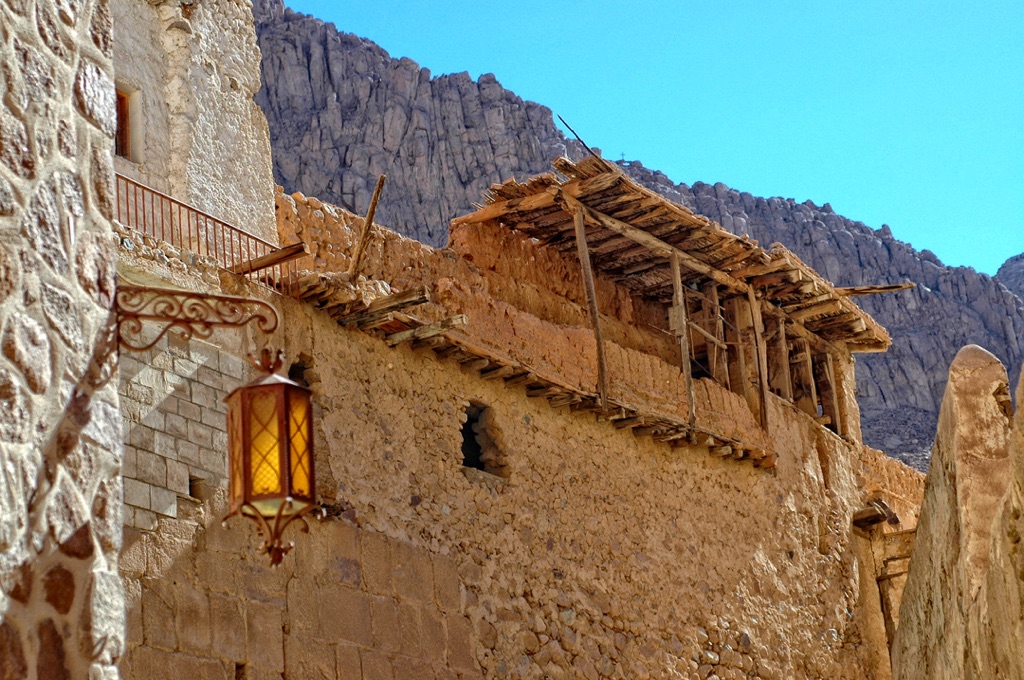
For further reading and to validate the information presented in this article, the following sources are recommended:
Or you can check any of these reputable archaeological and historical texts:
T. L. (1999). ‘Pilgrims to the Monastery of Saint Catherine, Sinai: History and hospitality’. Journal of Mediterranean Studies, 9(2), 216-229.
On architectural studies and dating methods: Wilkinson, J. (2000). ‘The architecture of the Christian Holy Land: Reception from Late Antiquity through the Renaissance’. Cambridge University Press.
Regarding the interfaith relations and theories of preservation: Binns, J. (2002). ‘An Introduction to the Christian Orthodox Churches’. Cambridge University Press.
On the role of the Monastery in knowledge transmission and the importance of the scriptorium: Mateos, J. & Peters, F. E. (1981). ‘Scribing the Script: The Scriptorium at St. Catherine’s Monastery’. Bulletin of the American Schools of Oriental Research, 243(243), 35-51.
For the analysis of the Monastery’s surviving manuscripts and their historical implications: Clackson, S. (1995). ‘The Monastery of Saint Catherine at Mount Sinai: The manuscripts’. In The library at the end of the world: natural science and its illustrators in the Eastern Mediterranean (Vol. 4). Variorum.

